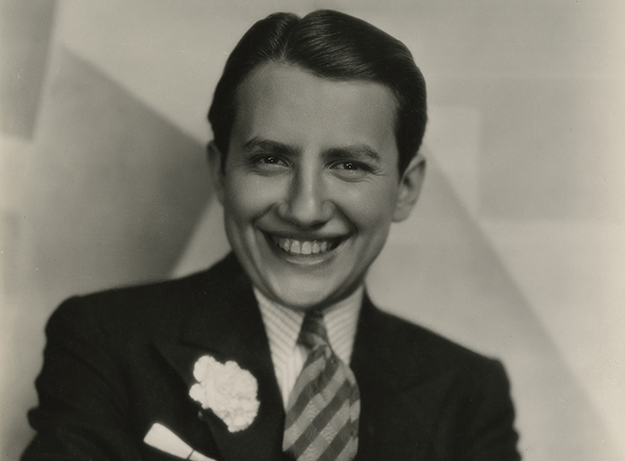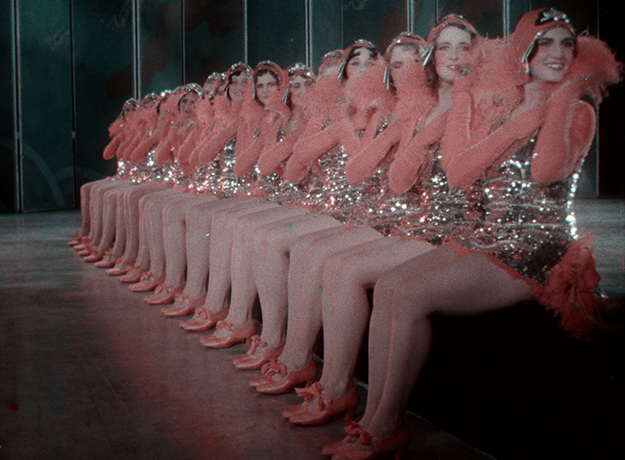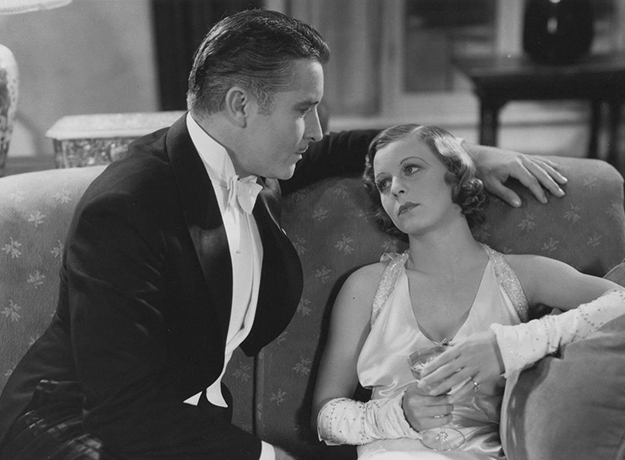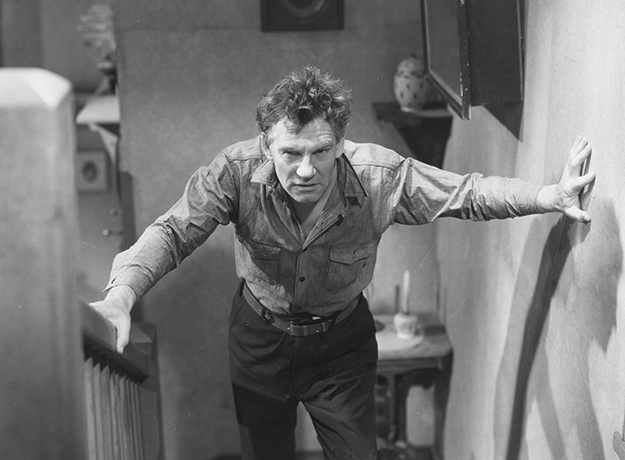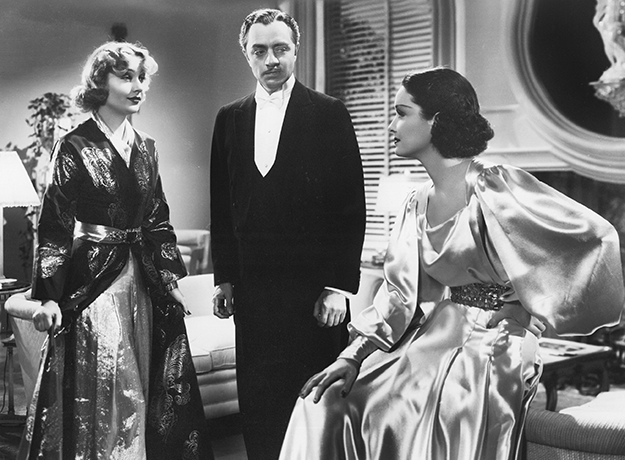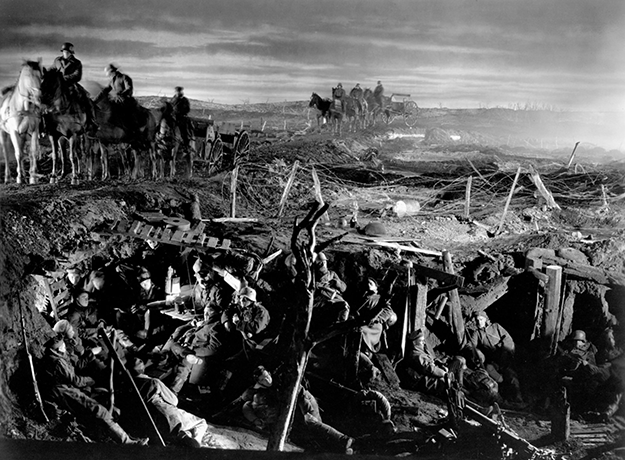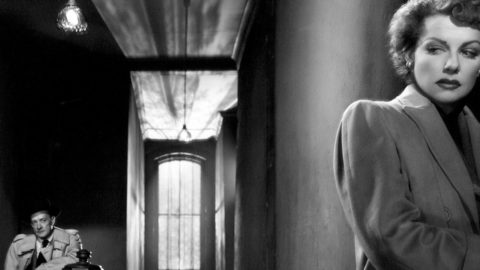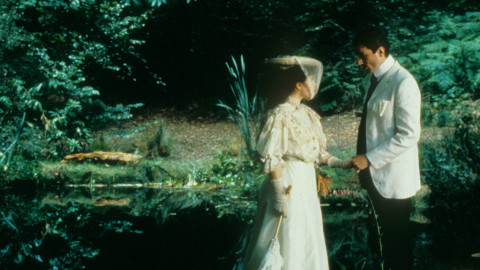The High Times and Hard Fall of Carl Laemmle Jr.
Carl Laemmle Jr.
Photos show a sharp dresser, toothy and baby-faced, the overall effect marred somewhat by the fact that he was five-foot-three. A notorious hypochondriac, he downed potions and remedies of all sorts and fretted about drafts. He got his job—chief of production at Universal Studios—at the age of 21. His father owned the studio, and Hollywood’s opinion of whether this baby boss could have qualified for the job on his own merits was expressed in one derisive nickname, which he carried to the grave: “Junior.”
Carl Laemmle Jr., gilded son of a famous father, won an Oscar as the producer of All Quiet on the Western Front when he was 22. It was Junior who hired James Whale to direct Frankenstein, Junior who persuaded Carl Laemmle Sr. to take a chance on Bram Stoker’s Dracula. But, as the marquee beneficiary of his father’s legendary nepotism (“Uncle Carl Laemmle / Has a very large family,” went Ogden Nash’s two-line ode), Junior got no respect.
In later years, actors and directors would reminisce. Junior “was an idiot,” said actor Allan Jones, to pick James Whale to direct Show Boat, the ill-starred film that helped doom the Laemmles’ control of Universal. “As a producer, he may not have been creative in himself, but he could put a package together,” recalled Edgar G. Ulmer’s widow, Shirley, straining for praise to film historian Gregory William Mank.
“Junior was retarded,” was Mae Clarke’s summation.
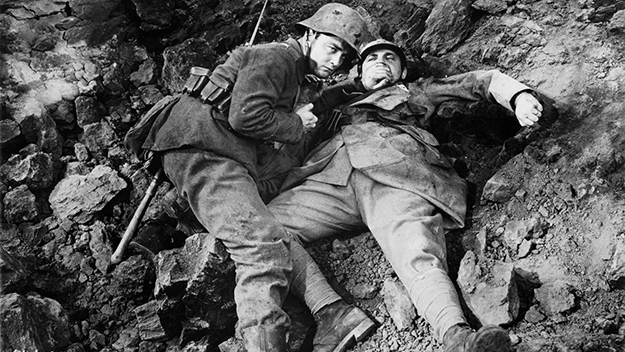
All Quiet on the Western Front
The best possible fate that can befall a Hollywood player at any level, from studio chief to key grip, is to outlive your enemies. Otherwise, you wind up memorialized by people who hated your guts. In Junior’s case, it wasn’t that he died young; he lived until 1979. But his career ended in 1936, when the money men moved in to take over the studio. After that, there were no sequels for Carl Jr.
Then again, perhaps a reputation can be resurrected, once everyone with a grudge or a debt is gone, and all that’s left is the work. That’s what Dave Kehr, adjunct film curator at the Museum of Modern Art, is banking on with a series, “Universal Pictures: Restorations and Rediscoveries, 1928–1937,” that runs through June 15. People always had to admit that the horror cycle at Universal was a one-of-a-kind accomplishment, that the movies would not have been made in the way they were—might not have been made at all—were it not for Junior. Kehr is after something different. He wants to examine what Universal was doing with other projects, to go beyond even the triumph of All Quiet and see what Junior’s taste, and his spending priorities, brought to the studio. Universal had always been the Filene’s Basement of studios, the place that put budget considerations above all. Junior focused on making fewer, but higher-quality films.
He started out willing to spend on things like the giant crane on Universal’s Stage 12, for the movie musical Broadway, also part of MoMA’s series. Laemmle spent $1 million to build the stage, and hired Paul Fejos, a European import with just two other films under his belt, to direct.
King of Jazz
Again and again he went for broke on projects, and the MoMA series showcases a prime example: King of Jazz, a 1930 musical revue meant to out-lavish the likes of Paramount on Parade. Filmed in two-strip Technicolor (a relatively new and expensive process of uncertain appeal at the time) and starring Paul Whiteman and his band, it cost about $2 million and flopped, hard. Universal sued Whiteman, alleging that his expanding girth had hurt the film’s chances. Junior was unchastened.
In The Very Witching Time of Night, Mank wrote that Junior wanted to produce “A” films that could compete with major studios, figuring that Universal’s staple fare of low-budget Bs would pay for the As. In an email conversation, Dave Kehr mused, “One of my theories is that Junior deliberately did the opposite of Irving Thalberg, whom his dad had also hired at a ripe young age.” Carl Sr. fired Thalberg in a dispute over his weekly $450 salary; Thalberg went to MGM where he was presumed to be soaring on talent alone. Nobody presumed that about Junior, but his choices strongly suggest that he wanted them to.
Perhaps the certain knowledge that people mocked him behind his back encouraged his risk-taking. Then again, like papa Carl, like many another producer, Junior was a gambler, a frequent high-stakes participant in poker games in the back room of the Trocadero club. There thousands, even tens of thousands, of Depression-era dollars would change hands while delicate Junior inhaled a soupy fog of tobacco smoke. Whatever the underlying psychology, Junior had nerve.
Only Yesterday
He hired John Stahl, who went on to build a strong reputation on women’s pictures like the three in the series: Only Yesterday (a disguised version of Letter From an Unknown Woman), Back Street (a hit for Universal in 1932), and mother-love drama Seed (1931). Margaret Sullavan was hired for Only Yesterday to become the studio’s marquee star. For her, Junior produced Little Man, What Now?, one of the earliest Hollywood films to dramatize the rise of the Nazis; director Frank Borzage was hired from outside on the basis of Junior’s regard for Man’s Castle.
Said Kehr, “If Irving fired Erich von Stroheim, Junior would hire even more eccentric directors, like Fejos and [Edward] Cahn. Where Irving filmed Dickens and Shakespeare, Junior bought contemporary novelists like Erich Maria Remarque, Hans Fallada, and Stefan Zweig. And where Irving was one of the authors of the Production Code, Junior did his damnedest to undermine it. In the AFI Catalog entry on Back Street, there is a nice anecdote about Universal applying for a seal for a post-code re-release and being turned down flat, with the Breen office replying ‘that’s exactly the kind of movie that the Code was designed to stop,’ or words to that effect.”
James Whale, having proved himself in spectacular fashion with Frankenstein, was given other projects, such as the stunning, sophisticated The Kiss Before the Mirror (showing May 28), which boasts a tracking shot that belongs in any pantheon of 1930s cinema. Edward L. Cahn was allowed to direct three films of steadily rising despair and cynicism: Law and Order, Afraid to Talk, and Laughter in Hell. The last film was so nihilistic that Kehr speculates that it may have cost Cahn his job at Universal; even Junior’s risk-taking had limits. He wasn’t necessarily reckless. William Wyler (represented at MoMA by A House Divided and The Good Fairy) was driven crazy by Junior’s memos reminding him of budgets and time constraints.
A House Divided
Junior’s private life involved keeping a fleet of doctors and several drugstores in business, while pursuing and dating a succession of starlets. He liked blondes and he did not like to be turned down—back then they called him a skirt-chaser, nowadays he’d be facing down lawsuits. He dated Sidney Fox, of whom Carl Sr. approved because she was Jewish, but the romance fizzled. Hollywood gossiped that Junior was in love with Alice Day, then with Constance Cummings, the latter actress represented in MoMA’s series by the 1935 Remember Last Night?, a bizarre James Whale comedy about blackout drunks. Both relationships were broken off because, it is said, the elder Laemmle threatened disinheritance if Junior married a gentile.
Meanwhile, the house that Laemmle and so many Laemmle relatives built had cracks in the foundation. As Bernard F. Dick wrote in his history of Universal, it wasn’t that Junior went wildly over budget with each picture. It was more a case of cost creep. Where a mid-range, no-great-expectations film used to cost $200,000 at Universal, under Junior it cost $30,000 to $80,000 more. Over time, the deficits grew. Until, in 1936, instead of trimming back and showing more caution, Junior blew on the dice and rolled, staking everything on a film of the musical version of Show Boat. He gathered a cast made up largely of the stage cast, including the great Paul Robeson; he ordered elaborate sets and costumes.
Convinced he had a major film on his hands, and putting a great deal of faith in Whale, Junior continued to sign off on the checks for Show Boat, which eventually reached $1.275 million. That’s about a quarter of what turned out to be the price for the entire studio.
My Man Godfrey
Because while Junior was playing for high stakes, elsewhere Papa Laemmle had bet the farm. Accustomed to keeping the studio aloft via finances that at times resembled check-kiting, Carl Sr. had taken a loan for just $750,000 from an outfit called Standard Capital. The collateral was the studio itself, as Senior gave the firm an option to buy Universal for $5.5 million within 90 days. Essentially, Carl Sr. was gambling that the venture-capital guys wouldn’t be able to come up with that kind of money in time. He was dead wrong. As Show Boat costs mounted, the loan went unpaid. On March 14, 1936, Standard Capital bought Universal. A month later Junior handed in his resignation, just days before the last project he had personally put together—My Man Godfrey—started shooting.
When the money men from back East came to take over Universal, it wasn’t Senior who took the biggest rap in the eyes of Hollywood. It was Junior, who had put an arty Englishman in charge of an American musical and let him run up a staggering bill. I wonder what Junior thought when the good reviews and sterling box office figures for Show Boat, the film that “broke the studio,” came in. James Whale certainly had good reason to regret Junior’s exit when The Road Back, his sequel to All Quiet on the Western Front, was drastically recut by the new bosses in order to stave off German threats of a boycott. MoMA’s series ends with the original version of The Road Back, unseen for decades.
Junior, aged 28, was as thoroughly washed up as any major producer before or since. Mank goes through the sad timeline of Junior’s 43-year postscript. For a few months in 1937, Junior had a producing gig at MGM; at any rate, he had a desk there. What he didn’t have was output. Later there’d be rumored projects. Louella Parsons wrote in 1945 that Junior was preparing a film about “famed female impersonator Julian Eltinge”; still later he was said to have owned an option on BUtterfield 8. But Junior never made another film.
The Road Back
He retreated to his mansion above Beverly Hills and proceeded to spend down his share of the $5 million left when his father died in 1939. Eventually Junior, the former king of imaginary ailments, developed a real one, probably multiple sclerosis. Mank interviewed Evelyn Moriarty, an ex-chorus girl and stand-in for Marilyn Monroe, who described herself as “Junior’s Saturday night date” for many years. It wasn’t a passionate relationship, but she was deeply fond of Junior, and grieved for the way his life had shrunk to watching TV in his bedroom, after which a terrifying German housekeeper would lock him in for the night.
According to Moriarty, Junior did have some regular visitors. John Huston, whom Junior had given his first job. Lew Ayres, the star of All Quiet. Lewis Milestone, and agent-producer Paul Kohner. And one man who never made a movie with Junior, but whom Moriarty described as “a darling little man… and a very simple man”: Jean Renoir.
When Junior died, claimed Moriarty, the onetime clotheshorse was buried in a t-shirt and scarf. There was a lien on his mansion and the estate had dwindled to almost nothing. Even his Oscar for All Quiet on the Western Front disappeared from his bedroom and has never been recovered.
It’s impossible to look at Junior’s output in just seven years at Universal and not wonder what he might have accomplished with another chance. Given how many years he spent doing nothing post-Universal, maybe Junior didn’t really want to keep working. Many, possibly even most, Hollywood careers wind up seeming too brief. MoMA is encouraging cinephiles to look at how brightly Junior Laemmle’s career burned while it lasted. And some of us have been calling the series by another nickname: “Justice for Junior.”
Farran Smith Nehme writes about classic film on her blog, Self-Styled Siren, and recently published her first novel, Missing Reels. She is a member of the New York Film Critics Circle.



